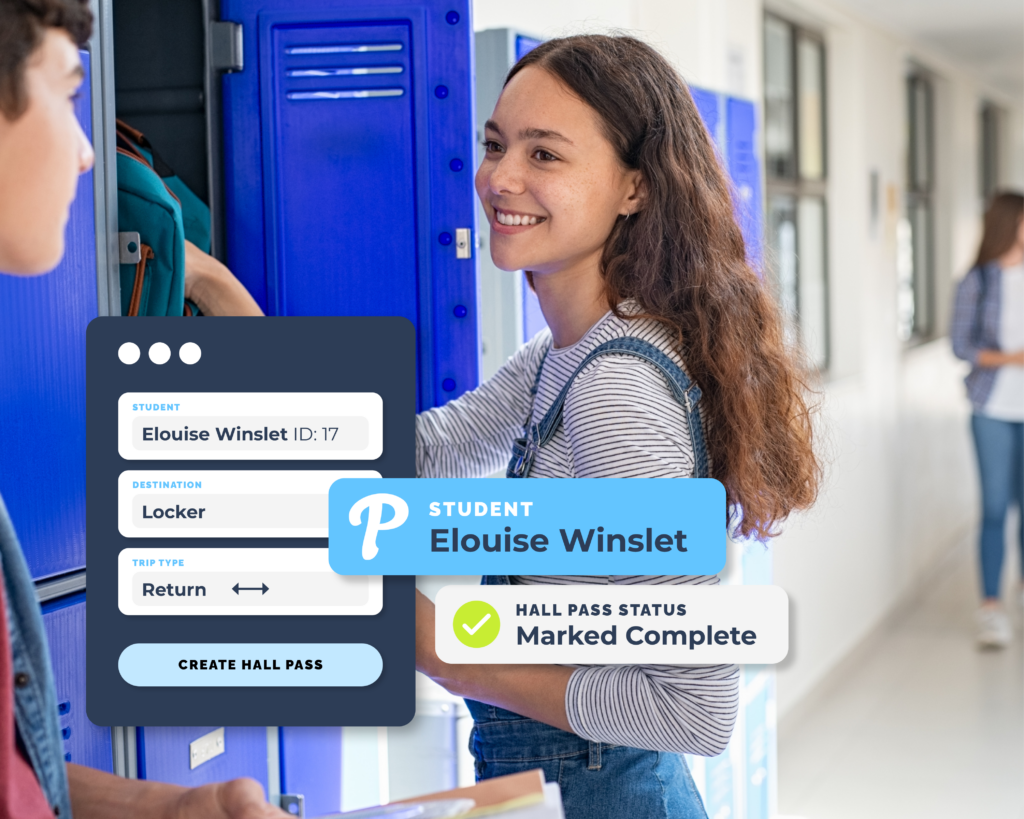As summer comes to a close and fall is just around the corner, the first thought on everyone’s minds is the start of the school year. For many, this involves the yearly chore of back to school shopping. The experience varies greatly depending on the age of your child, but having a game plan and knowing some tips can be a big help to shopping in the fastest, cheapest way possible.

Below, we have helpful tips, tricks, and methods sorted by age to give you the best shopping experience possible.
Elementary School (Ages 5-11)
Recommended supply budget: $ 30- 50
Recommended clothing budget: $ 50- 75
Clothes shopping at this age is definitely the easiest. Since it doesn’t really matter if they look uber trendy, kids this age can usually be satiated with shirts with their favorite characters or an excess of glitter, and colorful or light up shoes. Most of their wardrobe can be bought at department stores such as Target and Wal-Mart for cheap. However, if you prefer, you can easily pick up special pieces from the mall. Look out for sales, and apps such as RetailMeNot can help you find coupons and sales at the store of your choice. With seasonal staples such as coats, you can find them much cheaper if you buy them off season instead of waiting for summer.
Supply shopping is also a breeze with younger kids, and you can try giving them a feeling of independence by letting them make minor decisions ( what pencils to buy, what notebook, etc) This is a good first step into teaching them how to handle money- for example, if one notebook is plainer than the other but costs less, explain that to them and let them decide if they would rather pay more for a fancy one. If they chose the expensive option, make them compromise by buying non-fancy, store brand pencils. This will give them a sense of value for their possessions, and so they will take better care of them and recognize the value of money.
Middle School ( Ages 12-14)
Recommended supply budget: $ 50
Recommended clothing budget: $ 75- 100
At this age, kids start yearning for a sense of individuality, and begin using their style as an outlet to express themselves. This is around when you should start giving them more autonomy over what they buy and wear, and this is also when they become concerned with branding and trends. As always, look out for sales and coupons, but don’t do their shopping for them. Instead, give them a budget, and tell them to make a list of what they want and how much they want of each ( five shirts, three pairs of paints, etc). Make them follow the list exactly, and dont make exceptions. This will help teach the importance of planning ahead, as well as making them compromise with things such as buying less expensive shoes in order to get a pricier sweatshirt. Let them go to whichever stores they want to, but go with them to advise them and prevent any ridiculous purchases. A good tip for kids in both middle and high school is to buy half of their clothes at the beginning of the school year and half around the end of september. After the school year starts, stores start reducing their prices and having blowout sales because not as many people are buying their clothes anymore. This is around the time you can pick up trendy, branded clothes for a fraction of their back-to-school prices.
Supplies stay mostly the same from elementary school, but some kids may start taking specialized classes or extracurriculars that require extra equipment. In these cases, make sure you purchase good quality stuff that can last you atleast the entire year. You should never compromise on quality- even if it costs a little more. In the long run, you will save money on not constantly replacing low quality, breakable goods. Most of your supplies can be bought at department stores for low prices, such as Wal-Mart or Target.
High school ( Ages 15-18)
Recommended supply budget: $75
Recommended clothing budget: $ 200- 250
High school. This is it. The last four years of primary education mark some of the most important years in anyone’s life. Many older high schoolers are beginning to learn how to navigate the adult world, and many of the younger are still learning how to navigate the hallways. The fact that kids this age care more than ever about what everyone thinks coupled with the fact that most now shop in adult sizes both contribute to making their needs ( and wants!) markedly more expensive. Most kids this age want independence, and when it comes to shopping, you can give it to them. Give them a budget, and once again ask them to make a list. This time, however, let the list be a loose set of requirements and let them use their judgement a little more. You don’t even need to accompany them- if you are confident with their judgement, let them shop alone.The budget, however, should still be rigid, with no exceptions. If they do not get everything they need and instead buy something frivolous and blow their cash, don’t be sympathetic. Instead, shrug it off and say “Better luck next year!”. That way, being forced to live with their mistakes can help them make better decisions next time. And besides, if it’s really bad, you can make them return the item and try again, this time under your supervision. As always, look out for sales and coupons, and be sure to recommend them to your youngster. Buying non-trendy staples such as coats can also be completed before school starts to get reduced price items before the seasonal prices for cold weather clothing is raised. Additionally,remember the tip about buying only half of your wardrobe before the start of the year- buying the other half about a month into the year will allow you to both keep up with changing trends and score pieces for incredibly reduced prices after the back-to-school rush.
For supplies, remember to look for quality in the extra equipment most students are required to purchase for special classes or extracurriculars. Even if it is more expensive, you will save in the long run when it comes to not having to replace stuff nearly as often. With electronics, don’t include them in your supply budgets because they are often very expensive and also have a variety of uses outside of schools. All of your standard supplies, such as notebooks, pencils, etc are easy to pick up at stores such as Walmart or Target and are pretty much the same as you have always been buying.



